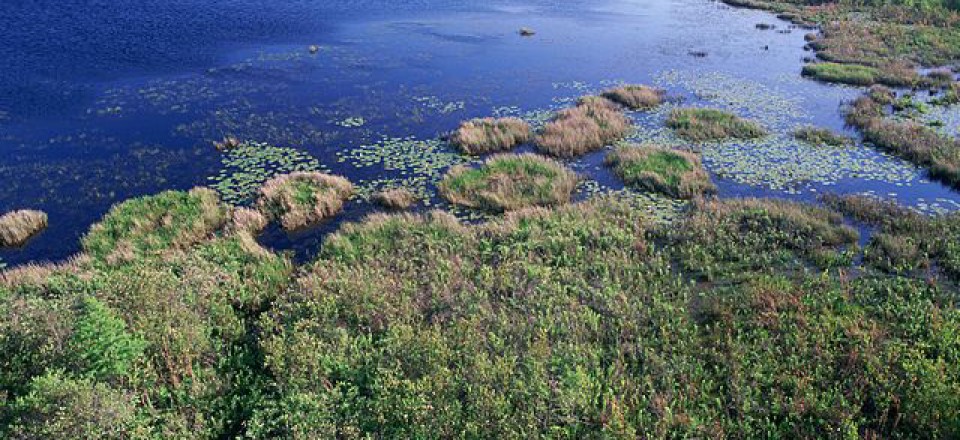✴︎Available only with purchase from publisher
“Adaptation and the adaptive capacity of human and environmental systems have been of central concern to natural and social science scholars, many of whom characterize and promote the need for collaborative cross-boundary systems that are seen as flexible and adaptive by definition. Researchers who study collaborative governance systems in the public administration, planning and policy literature have paid less attention to adaptive capacity specifically and institutional adaptation in general. This paper bridges the two literatures and finds four common dimensions of capacity, including structural arrangements, leadership, knowledge and learning, and resources. In this paper, we focus on institutional adaptation in the context of collaborative governance regimes and try to clarify and distinguish collaborative capacity from adaptive capacity and their contributions to adaptive action. We posit further that collaborative capacities generate associated adaptive capacities thereby enabling institutional adaptation within collaborative governance regimes. We develop these distinctions and linkages between collaborative and adaptive capacities with the help of an illustrative case study in watershed management within the National Estuary Program.”






